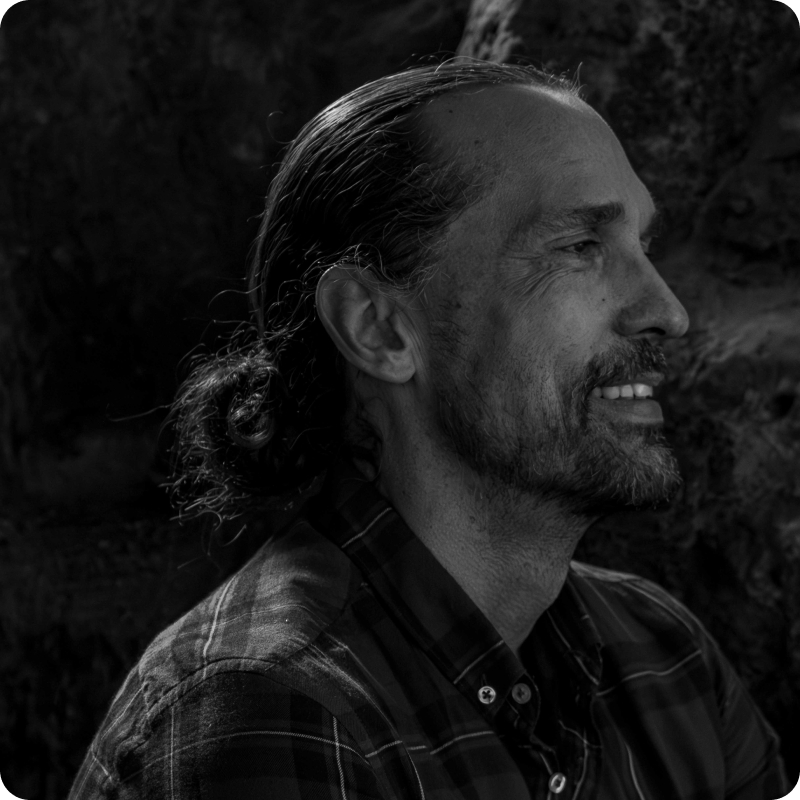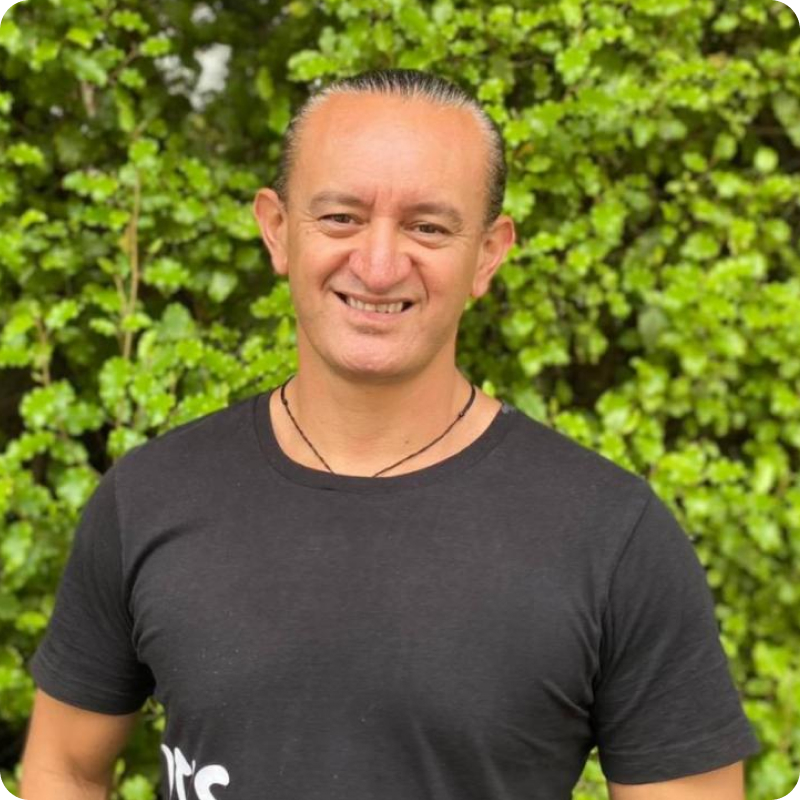Project summary
Mau rākau (long staff) is a traditional Māori mahi ā tinana (physical activity) and ancient fighting art. Mau rākau practitioners utilise a range of physical skills including active movement of the shoulder, elbow, and wrist joints. Practitioners who have achieved a high level of fluency within the artform also possess excellent upper limb mobility.
To learn Mau rākau, an individual is required to physically develop a range of motor skills and muscle strength, including movement and mobilisation of the shoulder, elbow, and wrist joints. Currently, the wānanga (learning) based practice of Mau rākau is associated mainly with cultural and social connection and, the formation of strong positive identities that positively impact the practitioner’s mental and social well-being.
But the physical health outcomes, specific to shoulder rehabilitation and functionality, have not been investigated by health researchers internationally or in New Zealand.
In New Zealand, exercise therapy interventions for GHOA are provided mainly in a clinical setting and treatments are delivered on a one-on-one basis, where a patient interacts with a health care provider individually.
Alternatively, when treatment is delivered in a community setting as an interactive group session, it provides physical activity and social interaction between participants. Participation in community exercise interventions improves exercise compliance, contributes to social and mental well-being, and reduces treatment drop-out rate.
Therefore, delivering a community exercise intervention based on Mau rākau to individuals diagnosed with GHOA may improve their holistic health and specifically improve their shoulder ROM and muscle strength, thereby contributing to the maintenance of their upper limb functionality.





